
Connectors in Aerospace Applications: Ensuring Reliable Connections in the Skies
Global electronic component supplier ERSAELECTRONICS: Rich inventory for one-stop shopping. Inquire easily, and receive fast, customized solutions and quotes.
What are Connectors?
Connectors, in the context of electronics and electrical engineering, are essential components that facilitate the establishment of electrical connections between different devices, subsystems, or components. They serve as the interface that allows the transfer of signals, power, and data between various parts of a system. Connectors are designed to provide a secure and reliable connection while accommodating the specific requirements of the application.
Connectors consist of two main parts: the plug (male connector) and the receptacle (female connector). The plug contains pins or contacts that align with corresponding sockets or terminals in the receptacle. When the plug is inserted into the receptacle, the pins make contact with the sockets, creating an electrical pathway for the transmission of signals or power.
Connectors come in various shapes, sizes, and configurations to suit different applications and requirements. They can be categorized based on their form factor, such as circular, rectangular, or modular connectors. Each form factor has its advantages and is suitable for specific use cases.
Circular connectors, as the name suggests, have a circular shape and are often used in applications that require frequent connection and disconnection. They are known for their robustness, ease of use, and ability to withstand harsh environmental conditions. Circular connectors are commonly found in avionics systems, communication equipment, and other critical aerospace applications.
Rectangular connectors, on the other hand, have a rectangular shape and are widely used in power distribution and control applications. They are designed to handle high-power requirements and provide secure connections for transmitting electrical power and control signals. Rectangular connectors are commonly used in aerospace systems for power distribution, flight control, and engine control units.
Fiber optic connectors are a specialized type of connector that utilizes optical fibers to transmit signals using light pulses instead of electrical currents. These connectors are used in applications that require high-speed data transmission, long-distance communication, and immunity to electromagnetic interference. Fiber optic connectors are extensively used in aerospace communication systems, satellite networks, and other applications where reliable and high-bandwidth data transmission is crucial.
Connectors play a critical role in ensuring reliable electrical connections in aerospace applications. They must be designed to withstand the demanding conditions encountered in flight, including temperature variations, vibrations, shocks, and exposure to moisture and chemicals. Connectors undergo rigorous testing and certification to meet the stringent requirements of the aerospace industry.
In summary, connectors are vital components that enable the establishment of electrical connections in aerospace systems. They provide a secure and reliable interface for the transmission of signals, power, and data, contributing to the overall performance, safety, and efficiency of aerospace applications.

What is A Lightning Connector?
A Lightning connector is a proprietary connectivity interface developed by Apple Inc. It was first introduced in September 2012 with the release of the iPhone 5 and has since been used in various Apple devices, including iPhones, iPads, iPods, and some accessories.
The Lightning connector replaced the 30-pin dock connector that had been used in earlier Apple devices. It is a smaller, reversible, and more versatile connector that offers several advantages over its predecessor. Here are some key features and details about the Lightning connector:
1. Size and Reversibility: The Lightning connector is significantly smaller than the 30-pin connector, allowing Apple to design slimmer and more compact devices. One notable advantage is its reversibility, meaning it can be inserted into a device in either orientation, eliminating the need to align it in a specific way.
2. 8-Pin Design: The Lightning connector features an 8-pin design, with four pins on each side. This allows for improved functionality and data transfer capabilities compared to the 30-pin connector. The pins support various functions, including power, audio, video, data transfer, and control signals.
3. Digital Signaling: Unlike the analog signaling used by the 30-pin connector, the Lightning connector employs a digital signaling interface. This enables higher data transfer speeds and improved audio quality. It also provides enhanced control and communication between the device and accessories.
4. Authentication Chip: The Lightning connector incorporates an authentication chip that enables device and accessory identification. This chip ensures that only authorized accessories and cables are used, enhancing security and preventing compatibility issues.
5. Adaptive Charging: The Lightning connector supports adaptive charging, allowing devices to negotiate power requirements with charging accessories. This enables faster and more efficient charging by delivering the optimal charging voltage and current based on the connected device's needs.
6. MFi Certification: Apple requires third-party manufacturers to obtain MFi (Made for iPhone/iPad/iPod) certification to produce Lightning-compatible accessories. This certification ensures that the accessories meet Apple's standards for quality, compatibility, and functionality.
7. Audio and Video Capabilities: The Lightning connector supports audio and video output, allowing users to connect their devices to external displays, TVs, or audio systems. Apple provides adapters and cables that enable HDMI, VGA, and other video output options.
8. Durability and Longevity: The Lightning connector is built with durability in mind, designed to withstand frequent insertion and removal cycles. However, like any connector, it may experience wear and tear over time. Apple has made efforts to improve the overall lifespan and robustness of the connector.
It's important to note that the Lightning connector is specific to Apple devices and is not commonly found on non-Apple products. Although it has been widely adopted in the Apple ecosystem, other devices and platforms predominantly use standard connectors such as USB Type-C or micro USB.
Overall, the Lightning connector offers a compact, versatile, and high-performance connectivity solution for Apple devices, enabling data transfer, charging, audio/video output, and more.

Types of Connectors Used in Aerospace
Connectors used in aerospace briefly can be categorized into the following types:
Circular Connectors
Circular connectors are widely utilized in aerospace applications due to their robustness, reliability, and ease of use. These connectors feature a circular design with multiple pins or sockets arranged in a circular pattern. They are known for their ability to withstand harsh environmental conditions, including temperature variations, vibrations, and moisture. The circular shape allows for quick and secure mating and unmating, making them suitable for applications that require frequent connection and disconnection.
In aerospace systems, circular connectors find extensive use in avionics, where they provide secure connections for critical components. For example, flight control systems heavily rely on circular connectors to ensure precise and reliable communication between control units, sensors, and actuators. Similarly, navigation systems, communication equipment, and radar systems often employ circular connectors for their robustness and ability to maintain stable electrical connections in demanding environments.
Some notable examples of circular connectors used in aerospace applications include MIL-DTL-38999 connectors, which are widely adopted in military and aerospace systems. These connectors feature a rugged construction, high-density pin configurations, and excellent resistance to environmental factors. Additionally, the ARINC 600 series connectors are commonly used in avionics systems, offering a modular design and high reliability.
Rectangular Connectors
Rectangular connectors are versatile components extensively used in aerospace systems, particularly in power distribution and control applications. These connectors feature a rectangular shape with multiple pins or sockets arranged in a grid pattern. They are known for their ability to handle high-power applications, making them suitable for transmitting electrical power and control signals.
In aerospace power distribution systems, rectangular connectors play a vital role in ensuring efficient power delivery and system performance. They are designed to withstand high currents and voltages while maintaining low contact resistance. These connectors provide secure connections for power cables, allowing for reliable transmission of electrical power to various subsystems and components.
Rectangular connectors also find applications in control systems, where they facilitate the transmission of control signals between different parts of an aircraft or spacecraft. They are commonly used in flight control systems, engine control units, and other critical control systems. The rectangular design allows for easy integration into control panels and equipment, providing a reliable interface for control inputs and outputs.
Notable examples of rectangular connectors used in aerospace include the D-Sub connectors, which are widely used for data transmission and control applications. They feature a robust construction, high-density pin configurations, and excellent shielding capabilities. Additionally, the MIL-DTL-24308 connectors are commonly employed in aerospace and defense systems, offering a compact design and high reliability.
Fiber Optic Connectors
With the increasing demand for high-speed data transmission in aerospace applications, fiber optic connectors have become essential components in aerospace communication systems. These connectors enable the transmission of data, voice, and video signals over long distances with high bandwidth and immunity to electromagnetic interference (EMI).
Fiber optic connectors utilize optical fibers to transmit signals using light pulses instead of electrical currents. They offer several advantages over traditional copper-based connectors, including higher data transfer rates, longer transmission distances, and lighter weight. Fiber optic connectors are widely used in aerospace communication networks, satellite systems, and other applications that require fast and reliable data transmission.
In aerospace, fiber optic connectors are crucial for maintaining clear and uninterrupted communication between aircraft or spacecraft and ground stations. They are employed in systems such as satellite communication, in-flight entertainment, and onboard data networks. Fiber optic connectors ensure high-speed and secure transmission of critical information, contributing to the overall efficiency and safety of aerospace operations.
Notable examples of fiber optic connectors used in aerospace include the ST, SC, and LC connectors, which are widely adopted in various industries. These connectors offer excellent optical performance, ease of use, and compatibility with different fiber types. Additionally, the MIL-PRF-28876 connectors are specifically designed for harsh environments and are commonly used in military and aerospace applications.
By utilizing these different types of connectors, aerospace systems can achieve reliable and efficient electrical connections, ensuring the smooth operation of critical components and subsystems. The selection of the appropriate connector type depends on the specific requirements of the application, including environmental conditions, power demands, and data transmission needs.
Examples of Connectors in Aerospace Applications
In the vast expanse of the aerospace industry, where safety, efficiency, and performance are paramount, connectors play a pivotal role in establishing reliable electrical connections. These unassuming components serve as the vital interface that enables the seamless transmission of signals, power, and data between various devices, subsystems, and components. Let us delve into the world of connectors in aerospace applications and explore their significance through real-world case studies.
Avionics systems, the nerve center of aircraft operations, rely heavily on connectors to ensure precise and dependable communication between control units, sensors, and actuators. Within flight control systems, connectors take on the responsibility of facilitating secure and uninterrupted electrical connections. One notable example is the MIL-DTL-38999 series III circular connector, renowned for its ruggedness, high reliability, and resistance to harsh environmental conditions. This connector's threaded coupling mechanism guarantees a steadfast connection, even in the face of vibrations, shocks, and extreme temperatures. By employing the MIL-DTL-38999 connector, flight control systems maintain the integrity of control signals, feedback data, and power transmission, ultimately contributing to the safety and efficiency of aircraft maneuverability.
Satellite communication systems, enabling long-distance communication between ground stations, aircraft, and spacecraft, rely on connectors to establish reliable connections for transmitting data, voice, and video signals across vast distances. In this realm, connectors must withstand the unforgiving conditions of space while ensuring uninterrupted and high-speed data transmission. The SMA (SubMiniature version A) connector emerges as a prominent choice, celebrated for its compact size, robust construction, and exceptional electrical performance. With its threaded coupling mechanism, the SMA connector guarantees secure connections, preventing signal loss or interference. By employing SMA connectors, satellite communication systems establish reliable links between antennas, transceivers, and other communication equipment, facilitating clear and uninterrupted communication for applications such as weather monitoring, remote sensing, and global positioning.
These case studies exemplify the critical role connectors play in aerospace applications. Whether in avionics systems or satellite communication networks, connectors serve as the backbone of reliable electrical connections, contributing to the overall performance, safety, and efficiency of aerospace operations. The selection of appropriate connectors tailored to the specific requirements of each application is paramount, ensuring optimal system functionality and reliability.
In the ever-evolving aerospace industry, connectors continue to advance alongside technological innovations. Miniaturization, high-speed data transmission, and enhanced reliability stand as emerging trends in connector technology. Furthermore, the utilization of new materials and manufacturing techniques promises to revolutionize connector design, further enhancing their performance and durability.
As we soar into the future, connectors will remain the unsung heroes of aerospace applications, silently ensuring the seamless flow of signals, power, and data. Their reliability, durability, and adaptability will continue to shape the skies, enabling the safe and efficient operation of aircraft and spacecraft. With each connection they establish, connectors solidify their indispensable role in the aerospace industry, bridging the gap between technology and the limitless possibilities of flight.
Future Trends and Innovations for Connectors in Aerospace Applications
In the aerospace industry, connectors play a critical role in ensuring reliable and efficient electrical and electronic connections. As technology continues to advance, several future trends and innovations are expected to shape the development of connectors in aerospace applications. Here are some key areas to consider:
1. Miniaturization: With the increasing demand for lightweight and space-saving solutions in aircraft, connectors are expected to become smaller and more compact. Miniature connectors with high-density contact arrangements will allow for more efficient use of available space while maintaining reliable performance.
2. High-Speed Data Transmission: Aerospace systems are generating and transmitting larger amounts of data, requiring connectors capable of handling high-speed data transmission. Future connectors will need to support protocols like Ethernet, USB, and fiber optics to meet the growing demands of data-intensive applications such as in-flight entertainment, avionics, and communication systems.
3. High-Temperature and High-Vibration Environments: Aerospace applications often involve extreme environments, including high temperatures and vibrations. Connectors will need to be designed to withstand these harsh conditions while maintaining stable electrical connections. Advanced materials and innovative designs will be crucial in ensuring the reliability and durability of connectors in such environments.
4. EMI/RFI Shielding: Electromagnetic interference (EMI) and radio frequency interference (RFI) can negatively impact the performance of aerospace systems. Connectors with enhanced EMI/RFI shielding capabilities will be essential to minimize signal interference and maintain signal integrity in the presence of external electromagnetic disturbances.
5. Fiber Optic Connectors: Fiber optic technology offers several advantages in aerospace applications, including high-speed data transmission, immunity to electromagnetic interference, and lightweight design. Future connectors will likely see increased adoption of fiber optic technology to support the growing demand for high-speed and reliable communication systems in aircraft.
6. Modular and Scalable Designs: Modular connectors that allow for easy installation, maintenance, and scalability will become more prevalent. These connectors will provide flexibility in system design, enabling quick replacement or upgrade of components without requiring extensive rework or rewiring.
7. Advanced Materials and Manufacturing Techniques: The use of advanced materials, such as lightweight composites and alloys, will continue to evolve in aerospace connectors. These materials offer improved strength, weight reduction, and corrosion resistance. Additionally, advancements in manufacturing techniques, such as additive manufacturing (3D printing), will enable the production of complex connector designs with reduced lead times and cost.
8. Integrated Health Monitoring: Connectors equipped with sensors and health monitoring capabilities will become more common. These connectors will provide real-time data on their performance, such as temperature, vibration, and connection integrity. Such information can be used for predictive maintenance, ensuring optimal performance and minimizing the risk of failures.
9. Standardization and Interoperability: As aerospace systems become more complex and interconnected, standardization and interoperability of connectors will be crucial. Common connector standards will simplify integration, reduce development costs, and enhance compatibility between different aircraft systems.
10. Cybersecurity: With the increasing connectivity of aerospace systems, ensuring robust cybersecurity will be a significant concern. Connectors with built-in security features, such as encryption and authentication, will help safeguard critical data and protect against cyber threats.
These trends and innovations are likely to shape the future of connectors in aerospace applications, enabling safer, more efficient, and technologically advanced aircraft systems. However, it's important to note that specific developments and implementations may vary as technology progresses and industry requirements evolve.
Conclusion
In the dynamic world of aerospace applications, connectors play a crucial role in ensuring reliable and efficient electrical connections. As technology continues to advance, connectors are evolving to meet the industry's demands. From miniaturization and high-speed data transmission to resilience in extreme environments, connectors are adapting to the challenges of aviation. Fiber optics, modular designs, and advanced materials are driving innovation, while standardization and cybersecurity remain paramount. As we soar into the future, these advancements in aerospace connectors will continue to contribute to safer, more efficient, and technologically advanced aircraft systems.
Related Articles
- ·Transistor Symbol: The Blockbuster Guide (With Zero Boring)
- ·ICD Electronics: Tiny Lightning, Relentless Reliability
- ·Smart Pill Dispensing Electronics: From Missed Doses to Mission Control
- ·Conditional Access Module (CAM): The Pay-TV Gatekeeper Engineers Actually Enjoy Reading About
- ·NC Formula Semiconductor: The Blockbuster Guide You Didn’t Know You Needed
- ·Electrosurgery Electronics: Turning RF Into a Surgical Superpower
- ·Endoscopic Imaging Electronics: Tiny Optics, Big Picture
- ·Instrument Cluster: The Dashboard Wizard That Makes You Feel Like Iron Man
- ·X-ray & CT Electronics: From Kilovolts to Reconstruction
- ·MRI Core Electronics: From Quench to K-Space



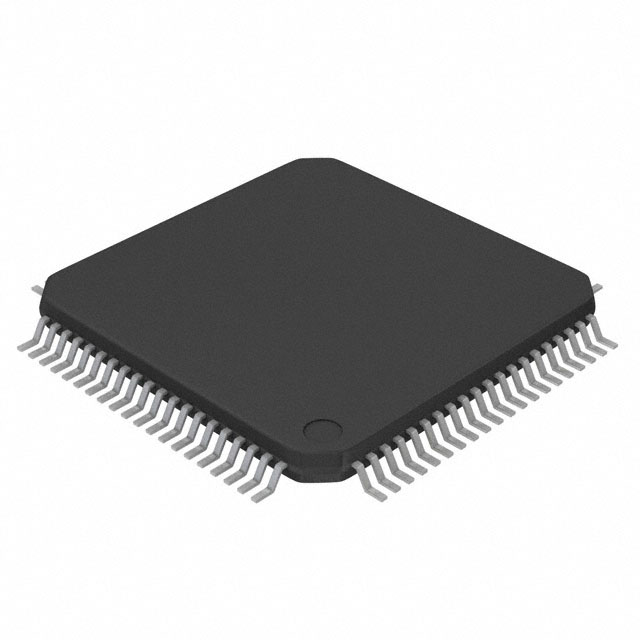
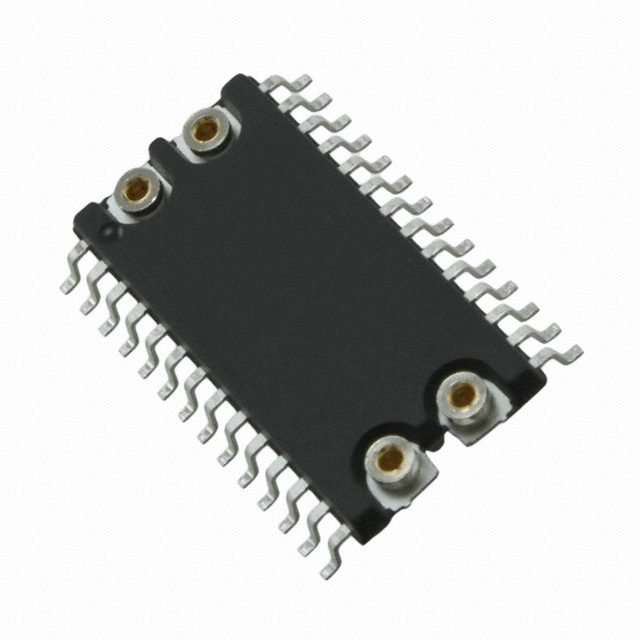
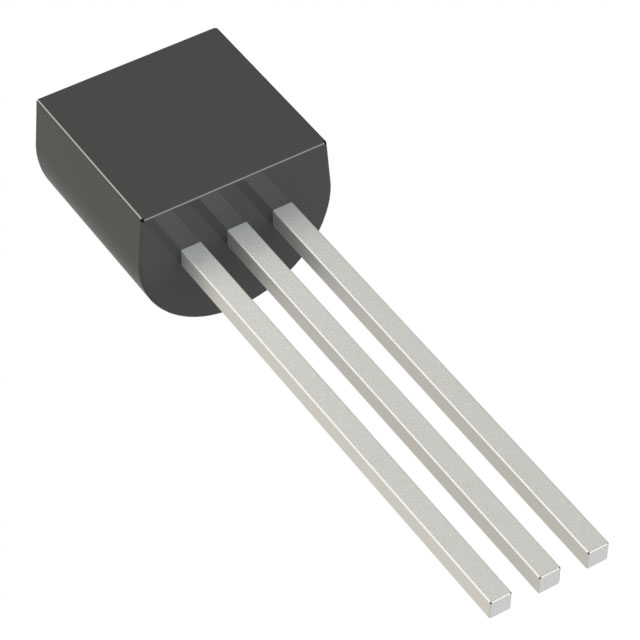
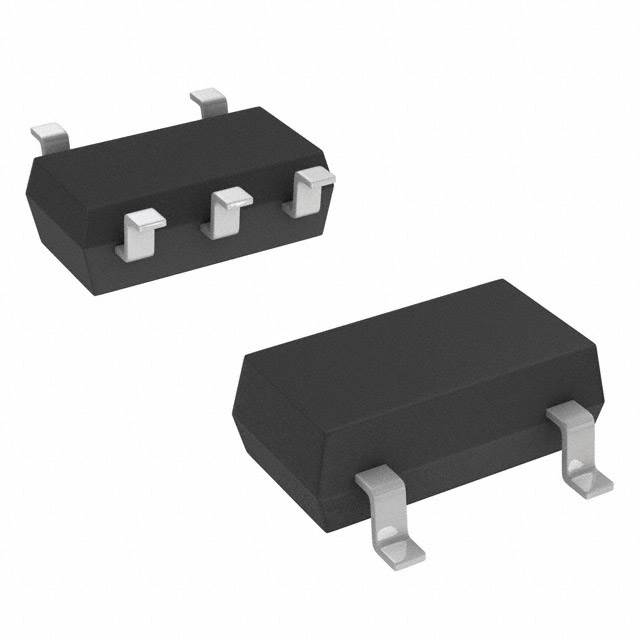
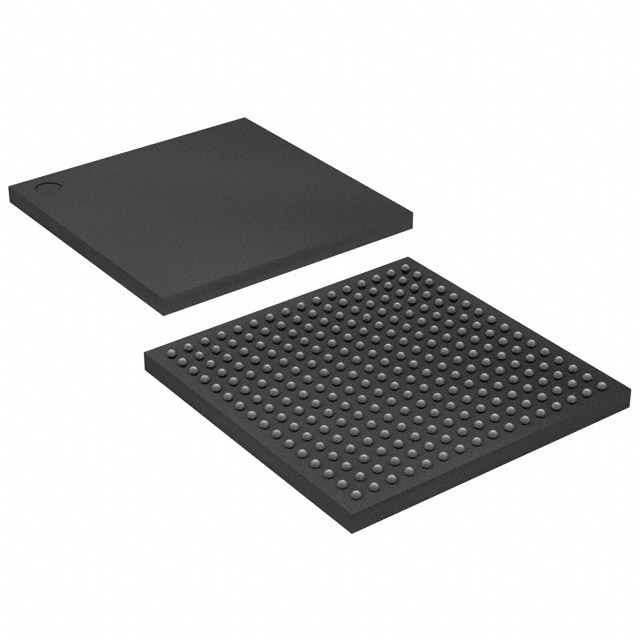
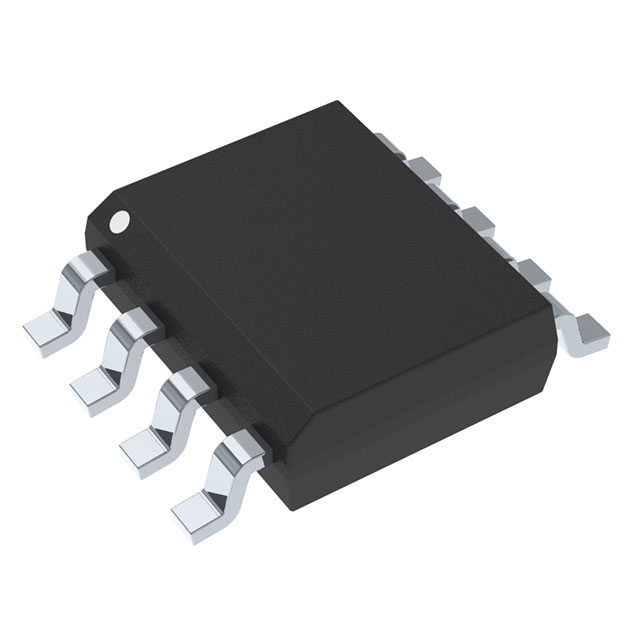

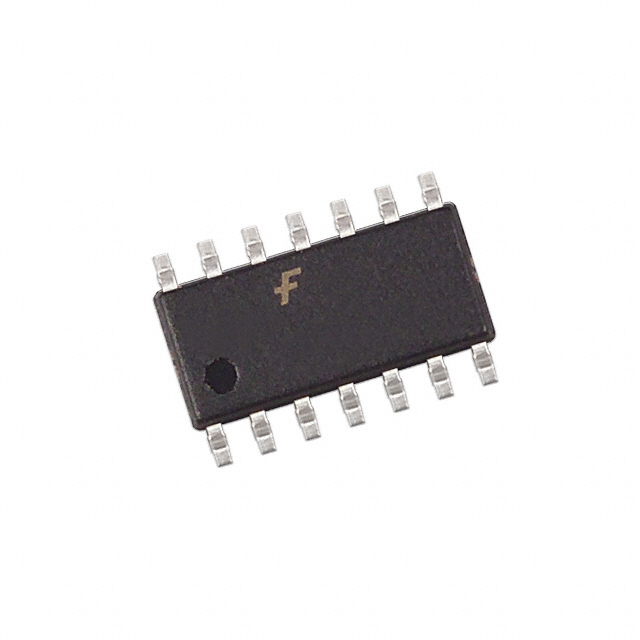
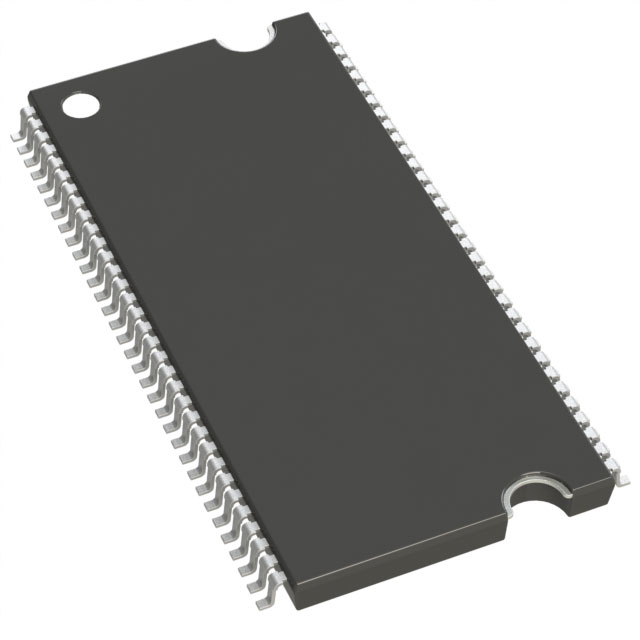






.png?x-oss-process=image/format,webp/resize,h_32)










